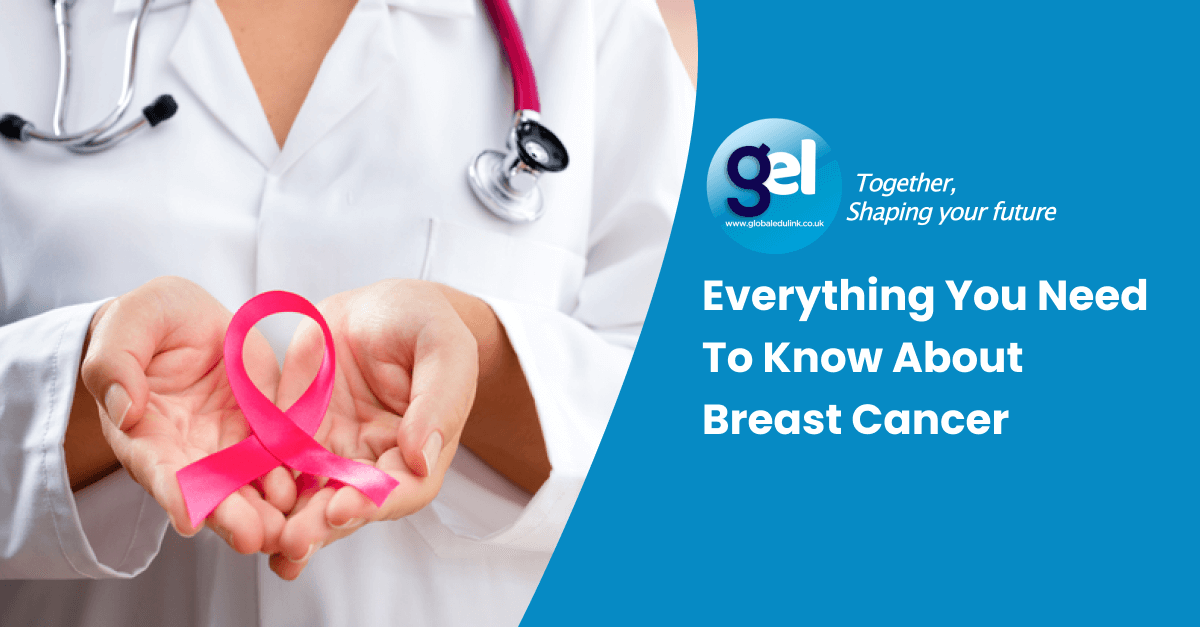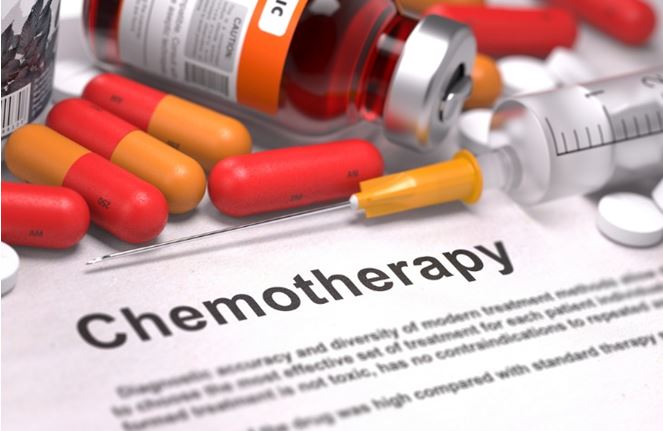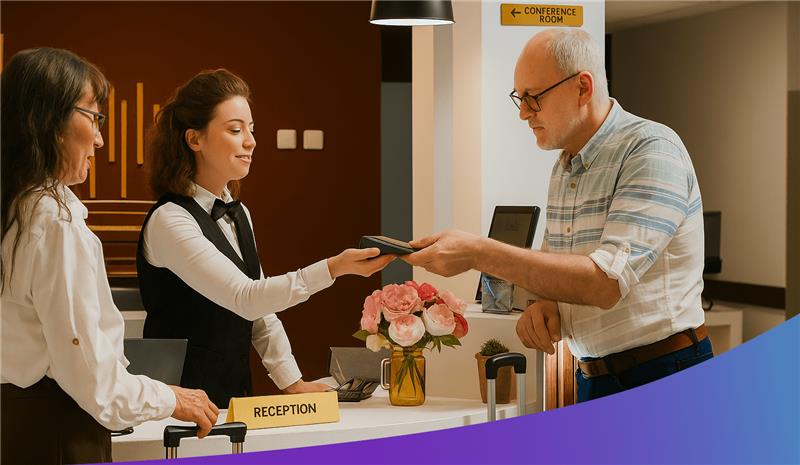
Everything You Need To Know About Breast Cancer
The Breast Cancer Awareness Month has just begun and it’s giving us all a great opportunity to take a look at what we can do to stay safe and healthy, and protect our loved ones from this silent killer as well. It has been estimated that breast cancer will affect 1 in 8 women during their lifetime.
Can we reduce these numbers?
Here, we take a close look at everything that you need to know about cancer such as the risk factors, symptoms and signs, diagnosis and treatment methods.

What are the risk factors for breast cancer?
Studies have indicated that a person’s risk factors for breast cancer actually can increase with a combination of causes. One of the most prominent factors would be getting older. It has been studied that women over 50 years of age are at a significant risk of cancer.
So what can you do to prevent breast cancer then?
There are also risk factors for breast cancer that can be changed and those that you cannot change;
Risk factors that you cannot change
- Your age

- Genetic mutations that you have no control over like BRCA1 and BRCA2.
- Your reproductive history. If you started having your first period before 12 and are starting menopause after 55 your risk factors are higher, thanks to being exposed to large amounts of hormonal changes for a long time
- Having denser breasts. Because of the fact that denser breasts have more fatty tissue than others it can become challenging to see the tumours on a mammogram putting you at higher risk and delaying your diagnosis.
- Family or personal history of breast cancer is a risk factor along with you having contracted other breast issues that may or may not be cancerous.
Risk factors that you can change
- Not being physically active enough. Workout regularly.
- Gaining weight significantly after menopause leading to obesity. Watch your diet and fitness routines For this, follow a suitable weight loss program.
- Taking continuous hormone replacement therapy after menopause. Don’t do it unless absolutely needed.
- Having your first pregnancy after 30, not having a full-term pregnancy and not breastfeeding. Try to breastfeed as much as possible.
- Consumption of alcohol and tobacco. Stay away from them, they are harmful anyway.
- It has also been suggested that inadequate rest due to shift work in offices and exposure to cancerous chemicals can increase your risk for breast cancer.
The Signs and Symptoms of Breast Cancer
The most common type of symptom that is found in breast cancer is a lump or mass in the breast. Usually cancerous breast lumps are painless, hard in texture and has irregular edges. However, there are exceptions. Other possible symptoms could include;
- Swelling in a part of the breast or the entire region but no lump that can be felt
- Irritation or wrinkling of the skin on the breast. Sometimes, it has a vague resemblance to orange peel.
- Pain in the breast or nipple.
- The nipple turning inward also known as nipple retraction.
- Any type of nipple discharge apart from breast milk.
- Sometimes swollen lymph nodes can be indicative of breast cancer when they are under the arm or around the collar bone. They should be checked immediately by your GP and then referred to specialists for further diagnosis.
You should also keep in mind that mammograms cannot, and do not find every breast cancer. Therefore understand your body, be familiar with it and keep an eye out for prevention. If you want to know more, here is what the NHS has to say about it.
How is Breast Cancer Diagnosed?
The first step is for you to visit your GP as soon as possible if you suspect that you have any symptoms that could be indicative of breast cancer. Don’t try to assume at home, just go see the GP immediately. If the GP feels that further examination is needed after checking your symptoms, they will refer you to a breast cancer clinic in your area. The National Institute for Health and Care Excellence (NICE) has some informative guidelines that you can make use of too.
At the cancer clinic you will go through a mammogram and if there is an abnormality you will be referred to a specialist. At this point, you will also be asked to take an X-ray and an ultrasound scan of your breasts. Especially if your mammogram was done through the NHS Breast Screening Programme, you will need another scan done in addition to this. Tests can be scary so if you want to know how to prepare for breast screening, here is some help that you will find useful.
Finally, a biopsy will be done. While this sounds painful, there will be anesthesia used so that the discomfort is minimal.
What are the Treatments for Breast Cancer?
Sometimes, the results for your tests may come in as positive for breast cancer. Don’t panic and don’t be worried, you have this diagnosed now and you have the chance to get treated by a multidisciplinary team (MDT) who will work together to get you the right treatment.
The usual types of treatment used in breast cancer are;
- Surgery
- Radiotherapy
- Chemotherapy
- Hormonal therapy
- Targeted or biological therapy
You would either be given one of these treatments or a combination based on the severity and type of cancer.

But how can you Increase Chances of Prevention?
Stay aware and stay informed. That is the best way for you to prevent breast cancer altogether or at the very least have it screened early on.
Global Edulink, a leading online educator in London UK, brings you a wide selection of trainings and biology courses that will help raise breast cancer awareness and even help you move forward in your career in healthcare, should you choose to do so. If you have a family history of breast cancer especially, knowing the inner workings of this condition and your body can really help you stay safe.
Our courses include;
Biology Courses
Human Biology Diploma Diploma in Anatomy and Physiology of Human Body – Level 3 Mastering MicrobiologyPostnatal Courses:
Diploma in Postnatal Diet & Exercise – Level 3 Training for First Time MomFound this blog helpful? Let us know. You can also contact us directly on [email protected]





0 responses on "Everything You Need To Know About Breast Cancer"